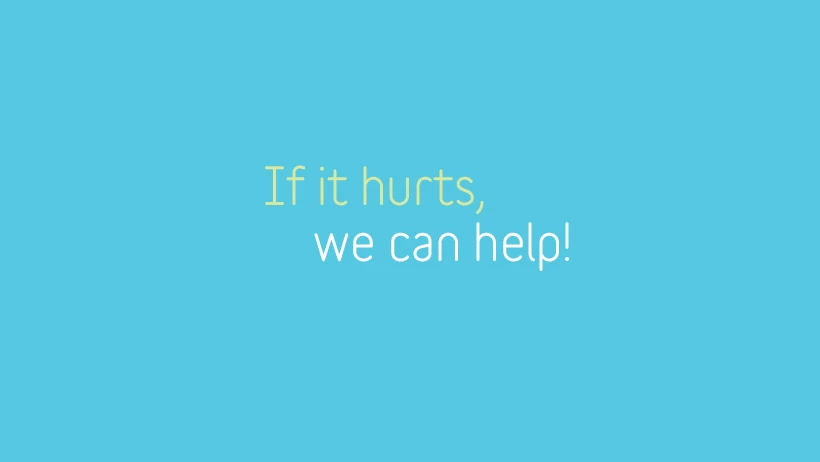When it comes to pain or an injury, there is often much confusion about when to ice and when to heat.
Therapeutic icing and heating are a safe, cheap and easy self-treatment option for many common painful problems, but knowing which one is correct for a particular issue leaves many of us unsure.
Heat and ice are recommended for a range of muscular skeletal injuries as ways of reducing pain, decrease swelling or increase healing. However, knowing how often and how long we should apply either of these methods for is also something we can be unsure of.
Hopefully we can help clear this up a little!
To begin with, whether we use the icing method or the heating method, 15-20 minutes on and off is usually considered a reasonable amount of time.
Ice should generally be used for injuries. Ice helps to calm down damaged tissues that have become inflamed, red, hot and swollen (usually from injuries such as, knocks, and sprains). As worrying as seeing our body parts inflamed can be, it is actually a healthy, normal and natural process – it is our bodies way of trying to protect itself. Icing is mostly just a mild way of calming the pain of inflammation and bringing the swelling down without having to use any form of drug.
The cold provides pain relief as it decreases the action of nerves in the area of pain and reduces blood flow, slowing down cellular activity.
Heat should be used on muscle issues, chronic pain, and stress. The heat from either a wheat bag or hot towel helps to take the edge off symptoms such as muscle aching, stiffness and chronic pain. It is particularly useful for back pain, helping to relieve the build-up of tension in the upper back, neck and shoulder area that so often comes from an issue with our back.
Heat on an injured area can provide comfort and pain relief due to the effects it has on nerve stimulation, as well as, increasing blood flow and cellular activity, which are important in encouraging the healing of damaged tissue. Heating an area can also help it to become more flexible.
The do’s and don’ts with ice and heat
Both ice and heat have the potential to do some minor, temporary harm when used incorrectly. Heat can make inflammation significantly worse and ice can aggravate symptoms of tightness and stiffness; it can also just make any pain worse when it’s unwanted.
Both ice and heat are pointless if used incorrectly or in the wrong situation.
We must be especially wary of icing muscle pain. It is quite easy to suffer with pain in our back that isn’t the cause of an “injury”. For example, muscle knots aren’t considered an injury – they are usually a symptom of an underlying issue. Physiotherapists use trigger point release to help muscle knots and if we don’t particularly know what we’re doing and we happen to ice trigger points, they can burn and ache even more acutely.
Heat and inflammation are the other particularly bad combination. Adding heat to a fresh injury will only make it worse. The heat will increase the swelling and unfortunately the pain!
The general rule is to ice and injury and to heat aches and pain, so you may be wondering, what do we do for muscle injuries (a muscle tear or muscle strain) then?
It’s not always that easy, but generally ice usually wins — but only for the first few days at most, and only if it really is a true muscle injury. A true muscle injury usually involves obvious trauma during intense effort, causing severe pain suddenly. If the muscle is truly torn, then use ice to take the edge off the inflammation at first. Once the worst is over, switch to heat.
If you are still unsure what to do with a particular issue, feel free to get in touch with your local physiotherapist, we’re always more than happy to help with anything like this.
If you’d like some advice on an injury or issue you have, you can call us on 01282 453 110 or use our FREE Ask A Physio service.






















